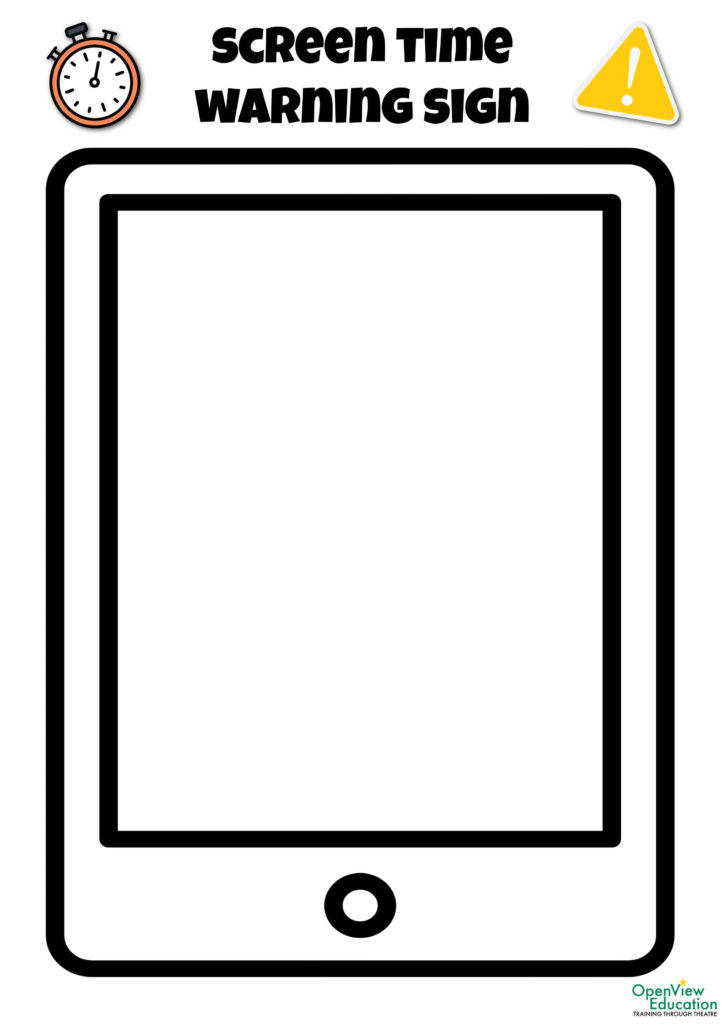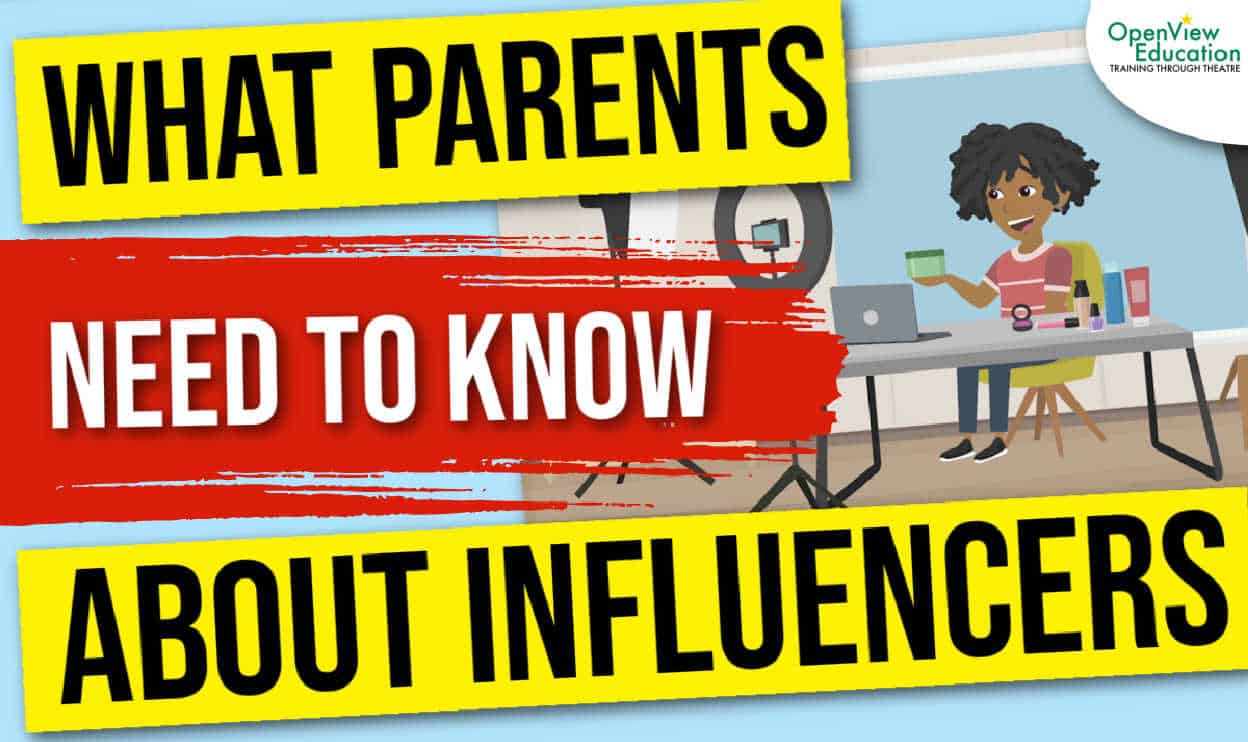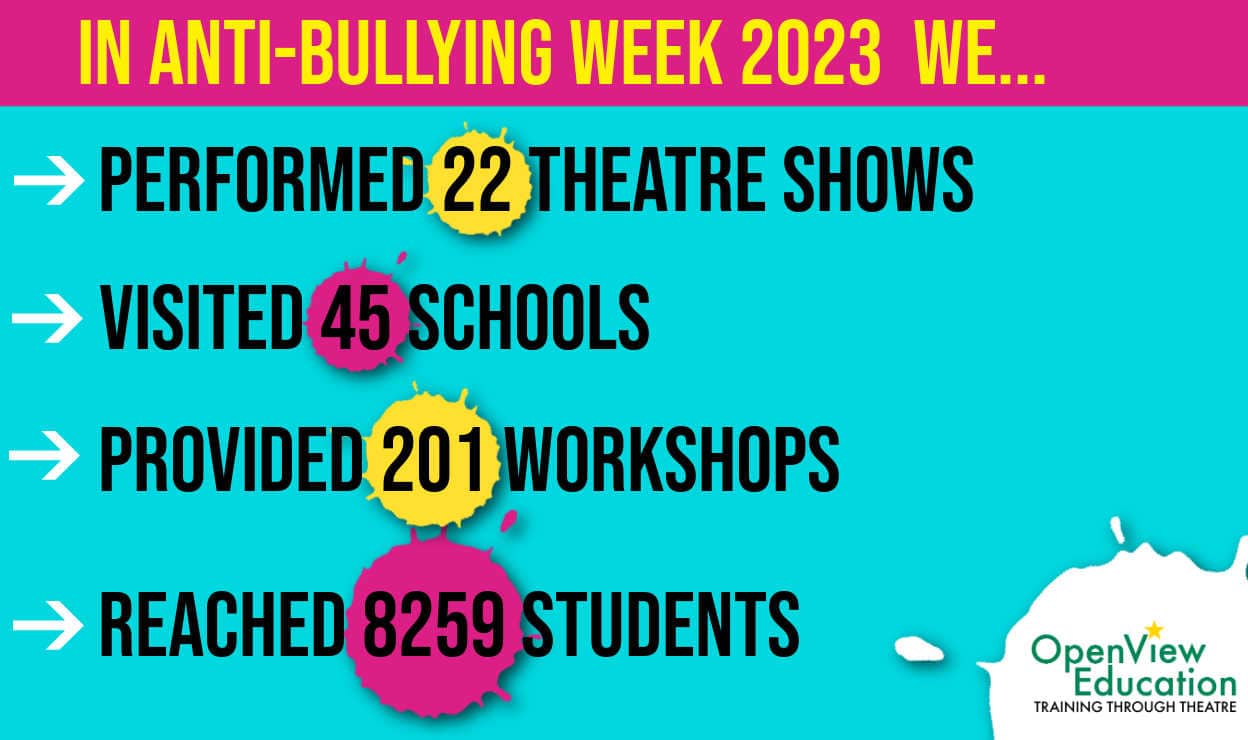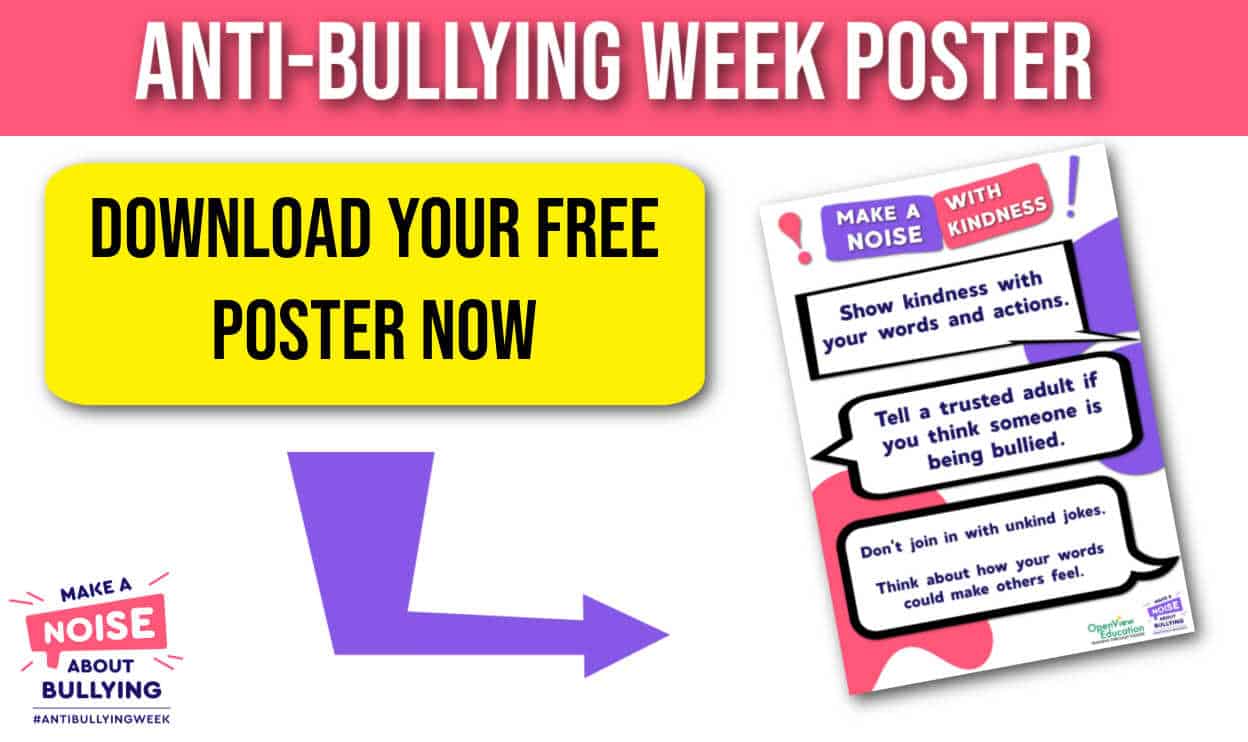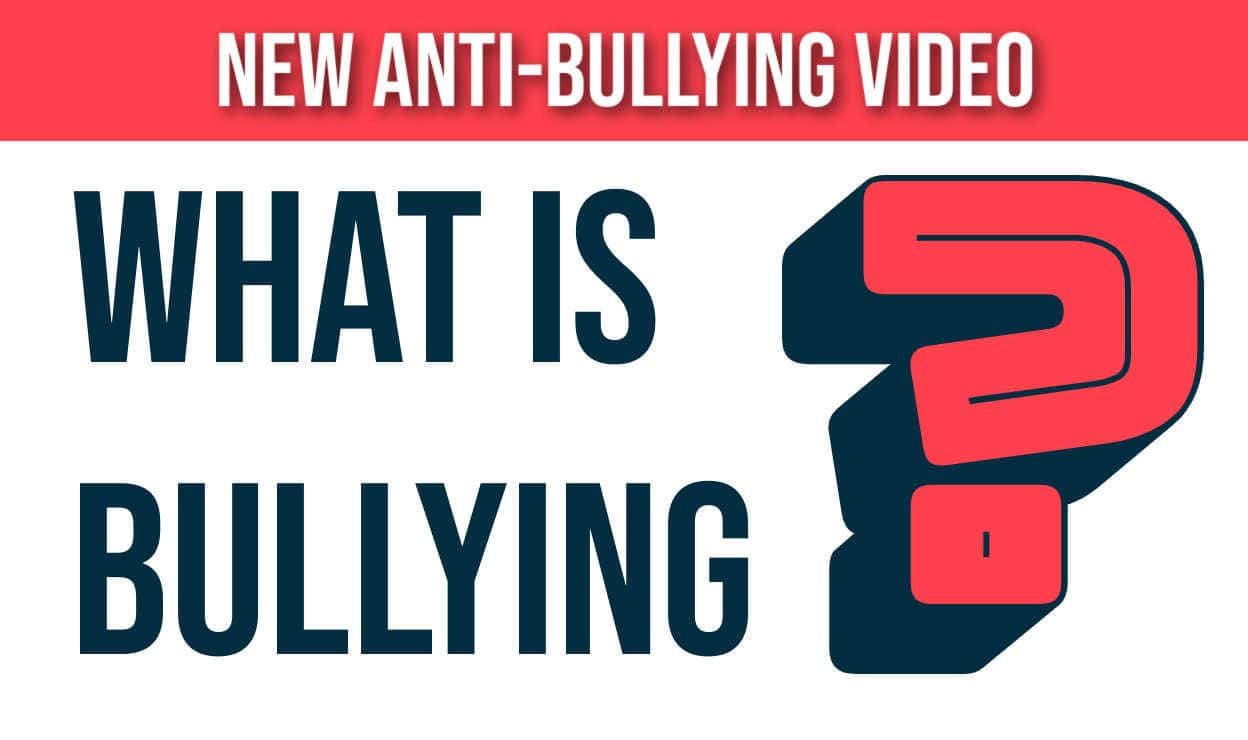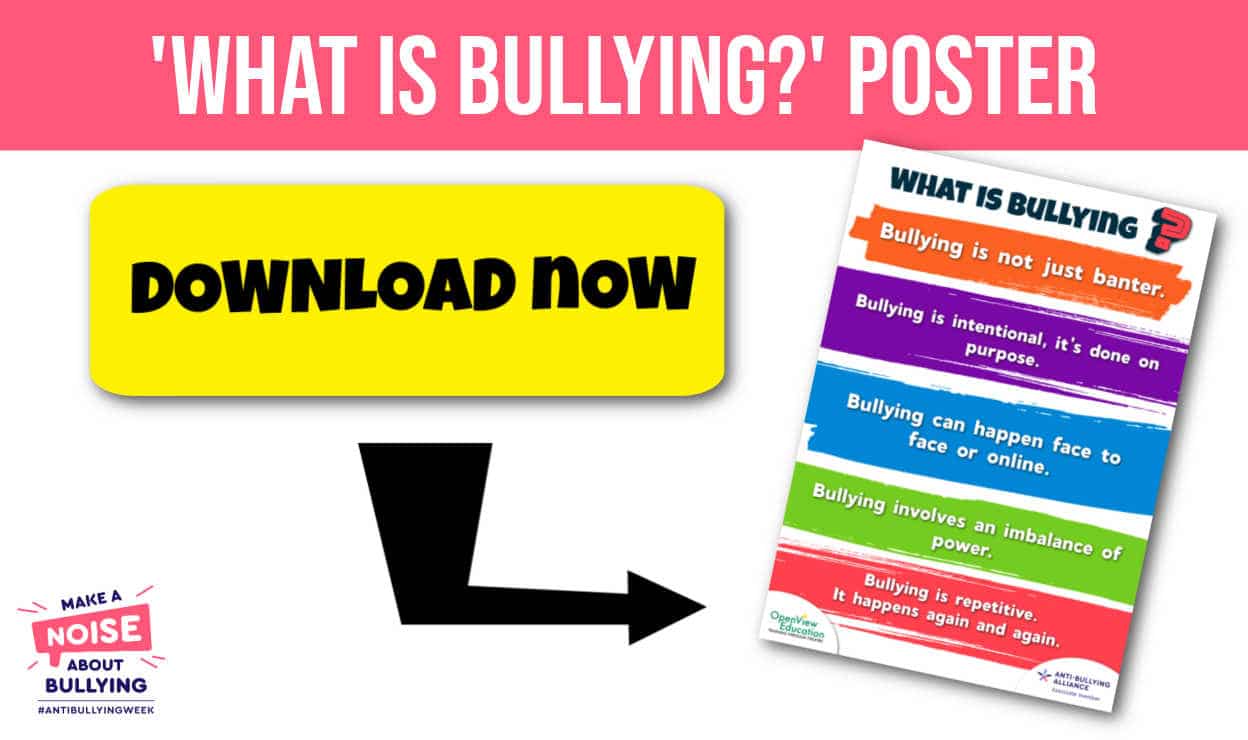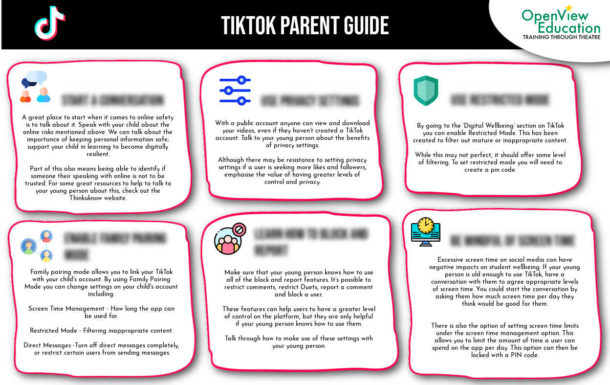A big part of online safety is supporting the students and young people that we work with to develop awareness about the amount of time that we spend online. The compulsive design of social media platforms and games makes it all too easy to spend longer on our screens than we intended.
Spending too much time on screens is linked to lack of sleep, speech delays, and poorer social skills.
Helping students to develop an awareness of their screen time and how it is impacting how they feel is a great way of empowering students to develop a positive relationship with technology.
But how can we tell if we have spent too much time online?
You can use the Screen Time Warning Sign activity below to prompt further discussion about how we can tell if we have spent too much time on our device. The activities have been created to support students to identify the signs of spending too long on our devices. This activity is aimed for use with students at a primary age range, and it can be adapted for delivery with the specific year group that you are working with.
Screen Time Warning Sign Activity
Start with a discussion about when and how we go online and use our devices. You can ask the following questions to get started:
- Who can tell me some of their favourite things to do online?
- When do you usually go online?
- If you had to guess, how long do you think you spend online/playing games?
To introduce the idea of a healthy balance, and not spending too long online, you could use the following sentence:
‘Who here has ever spent more time playing a game than they meant too? Sometimes we might start playing a game, or using the internet, then before we know it a lot of time has gone by, and we have spent a bit too long on that game. It’s ok to spend some time using the internet and playing game, but it’s important that we don’t spend too long on these activities.’
How can we tell if we have spent too long using the internet?
See if your students can come up with ideas for how we can tell if we have spent too long online. Create a list of your students ideas, or get them to work in groups to create their own list.
For older students, you can create two lists. One for things that we notice about how we are feeling, and one list for things in the outside world that might let us know that we have spent too long online.
Here are two example lists, if your students are finding it difficult to think of answers, you can draw from either of the lists below:
From how I am feeling.
- I am feeling in a bad mood.
- Eyes feel sore or tired.
- I feel achy in my neck or back.
- Feel like I’ve been sitting down for too long.
- Headache.
- Feeling hungry or thirsty.
From the outside world.
- Noticing the time is later than I thought.
- My family commenting about long I have been online.
- The device I am using feels hot.
- The device runs out of battery.
Once you have created two lists with your students, you can mention that these things won’t happen every time that we use the internet. They are ways that we can tell if we might have been spending too long playing a game or using a device.
What can we do in response to these things?
Working in pairs or groups, you can ask your students to go through each of the lists and decide what they could do in response.
This could be something something simple, like if we notice that we are feeling thirsty; we can stop using our device and get a drink. Or if we notice that the time is later than we thought; we can decide to set a timer next time we use our device.
Have your students feedback with their ideas.
Create a Screen Time Warning Sign
Your students can then create a Screen Time Warning Sign. These signs can warn of the dangers of spending too long online, and provide advice on how to reduce screen time.
Here are some examples for what could be written on the Screen Time Warning Signs:
‘Do you have a headache? It’s time to take a break from your screen. You could go and play outside instead!’
or
‘Too much screen time can make your eyes feel sore. Set a timer so you don’t spend too long online.’
For young students, you can write a few examples on the board that can be copied.
You can then use the Screen Time Warning Signs to create a wall display.
Here’s a template that be printed out for students to create their Screen Time Warning Signs:
If you’re looking for an interactive whole school learning experience on online safety, check our our online safety workshops for schools. These positive workshops use drama to help students learn how to stay safe online in a fun an interactive way.
And if you’re looking further ahead to November, we also have all new Anti-Bullying Workshops that support the theme for Anti-Bullying Week 2022.
